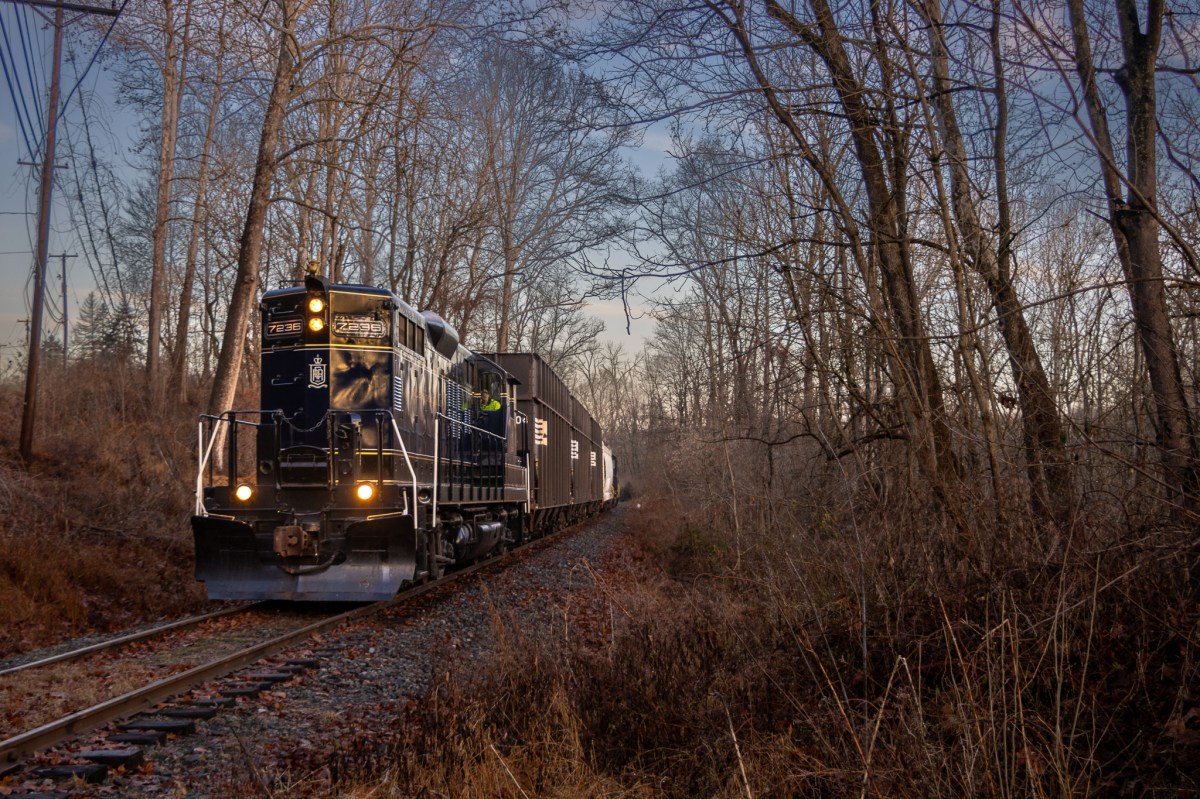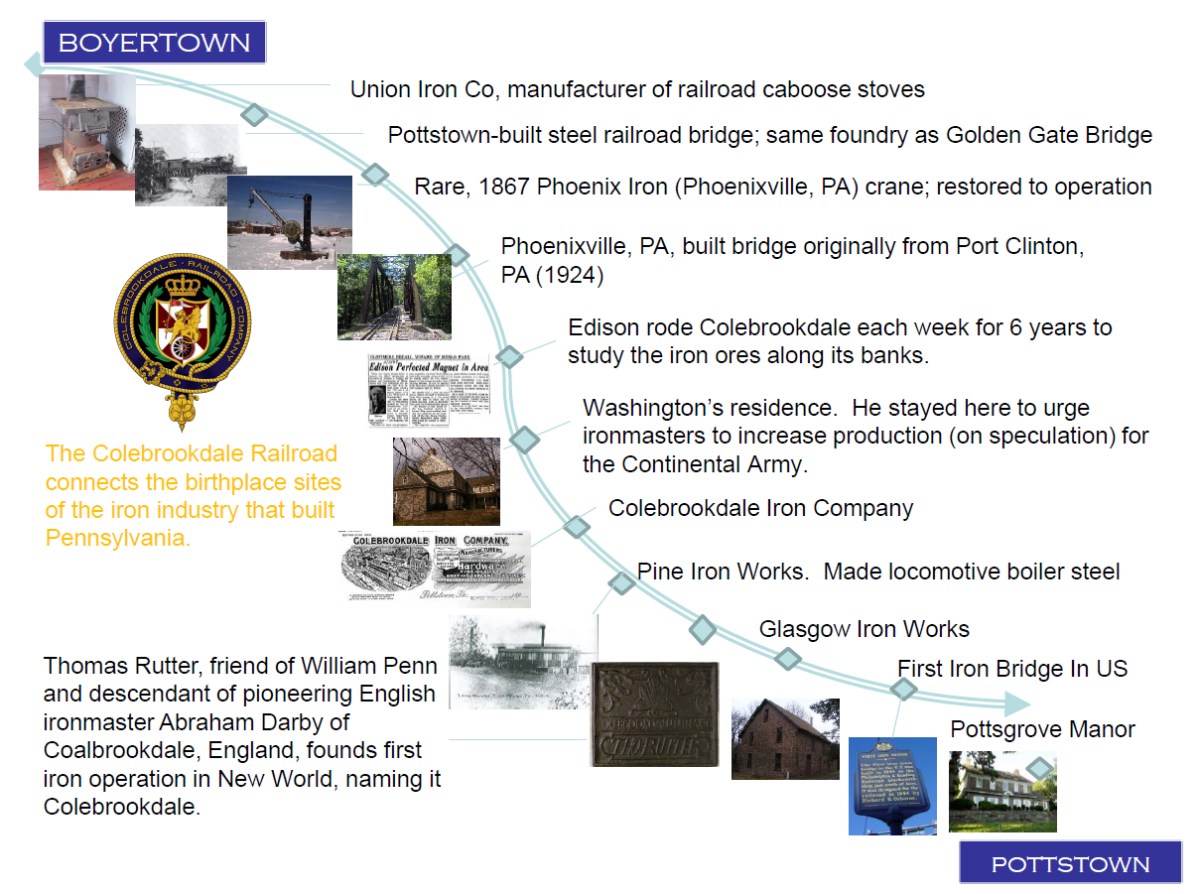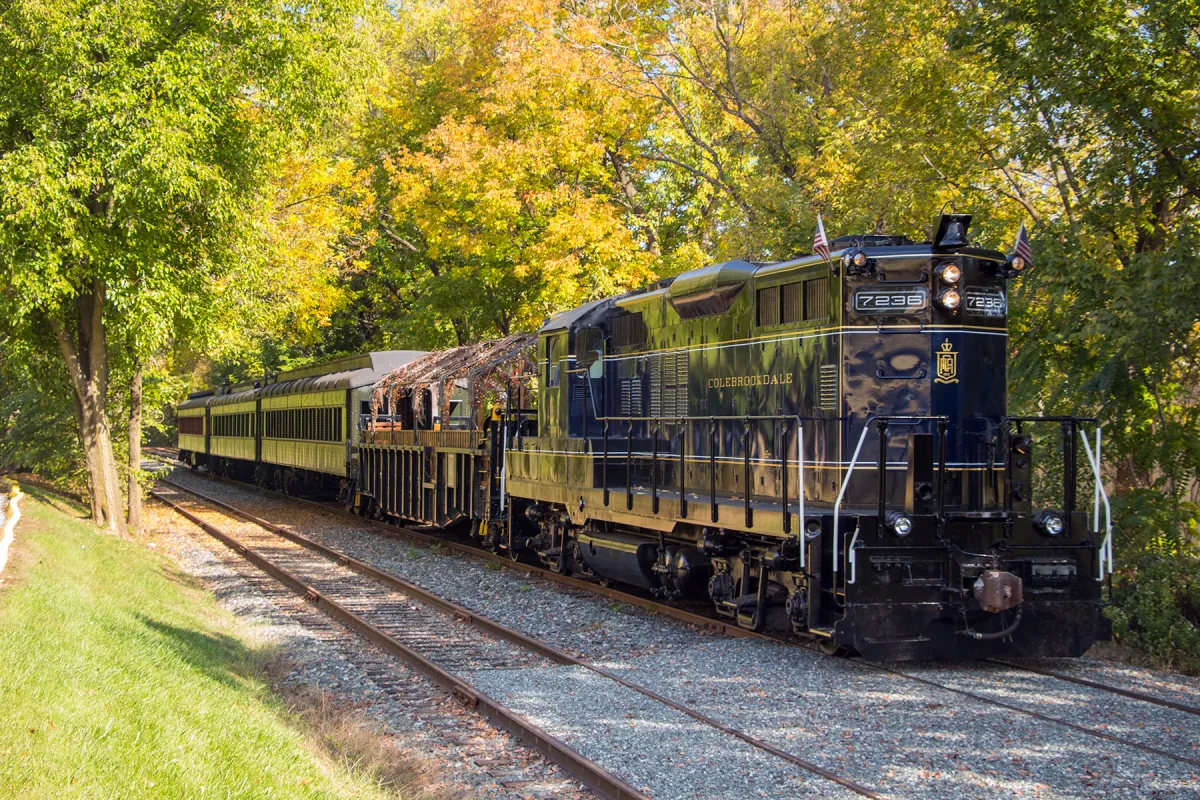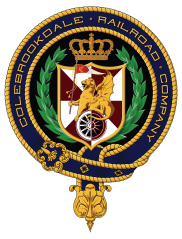
Eastern Berks Gateway Railroad
As a community-centered, economic development enterprise, our objective is service-driven not profit-driven. Our goal is to provide a service that keeps your business competitive, attracts new customers, and takes freight off the highway and puts it on the rail. Thus, we provide a marketing angle and service orientation that offers your business a competitive edge.
Services
Two transload yards with highway access.
On demand, 24-7, 365-day operation to suit your needs.
Development services: pre-planning assistance, access to funding.
About Us
The Eastern Berks Gateway Railroad (EBG) is a handling carrier line for Norfolk Southern, serving two terminals, Pottstown, PA (EBG) and Boyertown, PA (EBG). Linking Montgomery and Berks Counties, the Eastern Berks’s Colebrookdale rail line serves two of Pennsylvania’s fastest growing economies. A full-service, fully-insured, professionally-operated common carrier railroad, EBG is unique in that is a wholly-owned subsidiary of the non-profit 501(c)3 Colebrookdale Railroad Preservation Trust. The Trust was formed to restore and develop the Civil War-era Colerbrookdale Railroad as an active freight utility and heritage tourist railroad. In partnership with the Redevelopment Authority of Berks County, Montgomery County, the Boroughs of Pottstown and Boyertown, PennDOT and the US Department of Housing and Urban Development, the Colebrookdale line has developed a network of political, industry, and business supporters. We look forward to working together.
Contact
Business & Operations Development Manager
Josh Alderfer
Phone: 610-367-0200 EXT 104
Email: [email protected]


Sites To Develop
The railroad connects a number of leasable industrial and commercial sites with rail and highway access ready for your business to move in. Alternatively, the line has a number of developable parcels both on-line and nearby that can be built-out to suit your needs. We at the Eastern Berks Gateway Railroad and our partners at the Redevelopment Authorities in Berks and Montgomery Counties.
The EBG Advantage
Why Bring Your Business Here?
We are large enough to meet your capacity and small enough to tailor our service specifically to your needs. Our goals are not profit-centered but rather service-centered; our mission is not to pay our shareholders but rather to expand the business and industrial base of Berks and Montgomery Counties. We can help you use this unique mission to your advantage.
The railroad is headquartered in the business-friendly communities of Boyertown and Pottstown. Both communities have long industrial past, a stable, highly-skilled, and educated workforce, good schools, and low tax rates. The railroad has partnered with the strong and effective economic development organizations found in both communities to enable businesses to locate and grow here.
Boyertown is located in Berks County near Pennsylvania Routes 100 and 73, approximately an hour by highway from Philadelphia and two hours from New York City. Visit the Berks County Industrial Development Authority for more information on locating your business here. Workforce development for the region is coordinated by the Berks County Workforce Investment Board and Leadership Berks.
Pottstown is located in Montgomery County and is in close proximity to both the Port of Philadelphia and the Philadelphia International Airport. PA Route 422 and the Pennsylvania Turnpike system connect Pottstown to all major metropolitan areas in region. Pottstown Area Industrial Development, Inc. at www.paidinc.org is a primary driver of the area’s economic potential. For further business development visit the Montgomery County website and see how their Montgomery County to Business or MC2B initiative can help you bring your business to the region.

Why Use Rail
Rail is the most fuel efficient and environmentally friendly form of land based transportation. A typical freight train can move one ton of freight about 450 miles on one gallon of fuel making it approximately 4 times more efficient than highway transportation. Using rail to ship your products can also significantly reduce your company’s carbon footprint.
The U.S. freight rail system is one of the most efficient in the world and is comprised of three different types of railroads as defined by their annual revenue. Seven Class I railroads account for 67% of the industry’s total mileage operated and 90% of its workforce. These are railroads earning in excess of $401 million and focusing on long haul, high density routes. Regional or Class II railroads are those that earn between $32 million and the Class I threshold and operate less than 350 miles of track. Class III carriers, commonly known as short line railroads, earn less than $32 million annually and provide a variety of services including line hauls over short distances and local switching or terminal services. There are over 550 short line and regional railroads in the U.S.
HISTORY OF OUR LINE
Construction of the Colebrookdale Railroad was first proposed in 1865 to serve the thriving iron ore industry along the Manatawny Creek. Operation commenced in 1869 and the line was leased by the Philadelphia & Reading Railroad. Local freight and passenger service was provided as far north as Barto and Bechtelsville for many years. Service on the line was gradually downgraded as the years passed until P & R successor the Reading Railroad was merged, along with nearly all the other then bankrupt northeastern rail carriers into the Consolidated Rail Corporation or Conrail in 1976. With all its resources and attention needed to preserve the core northeastern mainlines, the new government run railroad was ill-equipped to manage and maintain what it perceived as unprofitable feeder operations. Many budding shortline railroad entrepreneurs, however, saw opportunity among the rust and weeds of these neglected branchlines. Turning to state and local funding sources to rebuild crumbling infrastructure, a new era of public-private cooperation was soon ushered in to the troubled rail industry. Local industry that might have failed and jobs that would have been lost without the all-important link to the mainline rail network were preserved. Finally in 1980, Congress passed the Staggers Act, which freed the industry from decades of stifling economic regulation and allowed it to compete effectively with other modes of transportation.
The Colebrookdale Spur was acquired by the Pennsylvania Department of Transportation shortly after the creation of Conrail and was initially operated by the Anthracite Railway. Operation soon passed to the Blue Mountain & Reading Railroad and then to Penn Eastern Railway. Acquired from the Commonwealth by Berks County the line was soon sold to Penn Eastern in March 2001. A series of corporate transactions later resulted in ownership of the line being transferred to East Penn Railways.
With that company’s subsequent acquisition by holding company Regional Rail, they no longer wished to provide service over the line and applied for abandonment in 2008. Acquired in March 2009 for the second time by Berks County to prevent abandonment, operation of the line was then conveyed to the Eastern Berks Gateway Railroad, a subsidiary of holding company U.S. Rail Partners, Ltd. USRP bowed out of the operation at the end of 2013 and conveyed the operating contract and Eastern Berks Gateway Railroad corporate entity to the Colebrookdale Railroad Preservation Trust of Boyertown.
MAKE AN IMPACT
Donate today and help bring the railroad back to life!

